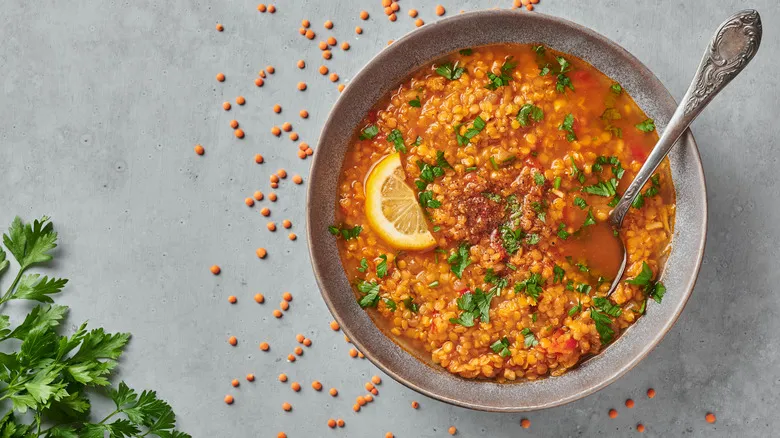Properly prepare your lentils
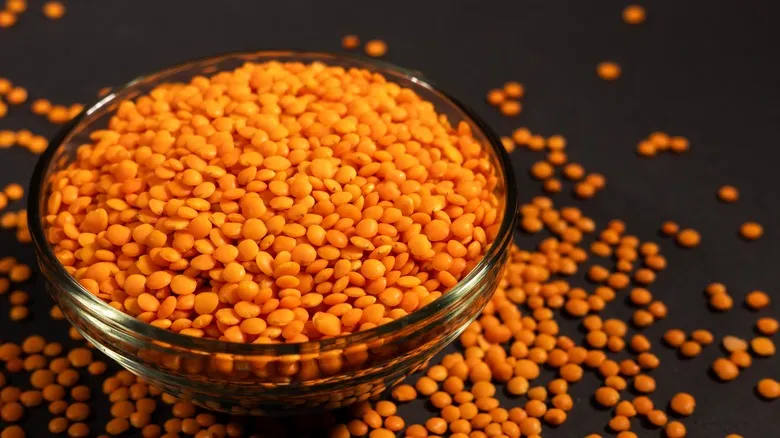
Daal is a general term that refers to both dry pulses and the prepared dish. There are various types of lentils to choose from, depending on the recipe and desired flavor. Varun Inamdar suggests selecting the type of daal based on cooking time, the specific recipe, and individual taste preferences. Some of the primary varieties of daal include toor (split pigeon peas), moong (yellow lentils), urad (black lentils), and masoor (red lentils).
After choosing your dried lentils, the next crucial step is to clean them to eliminate any dirt or impurities. Rinse the lentils under cold water and drain them. This process helps remove any grime and enhances the overall taste of the daal, as noted by Inamdar. To further prepare the lentils, the chef advises soaking them. "Soaking lentils for a few hours can shorten cooking time and enhance digestibility," Inamdar explained. However, red lentils do not require soaking, as they cook quickly on their own.
How to season Daal
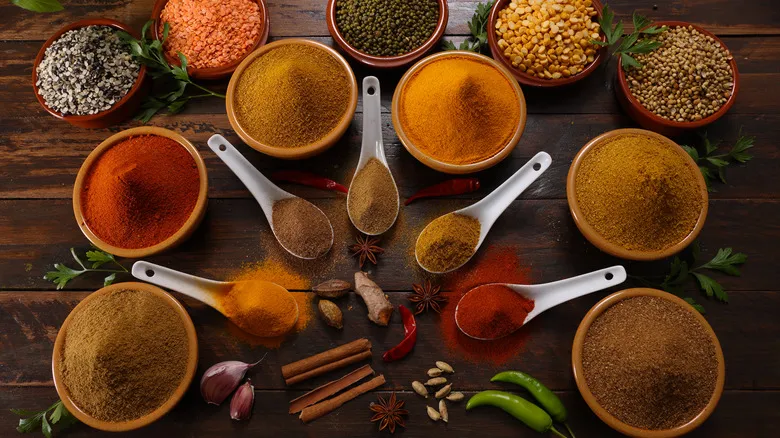
At its core, daal is a straightforward dish, but it gains incredible depth of flavor from the spices you incorporate. "Incorporate spices such as turmeric and salt during cooking, but it's advisable to add salt towards the end to prevent the lentils from becoming tough," Varun Inamdar advised. While salting water is a common technique to prevent errors when cooking pasta, Inamdar cautions that it can make lentils tougher.
He also recommended enhancing the flavor with additional spices like cumin, coriander, and garam masala to suit your palate. After cooking, you can elevate the dish further by garnishing it with fresh, vibrant ingredients. As a final touch before serving your homemade daal, Inamdar suggested, "Fresh herbs like cilantro and a squeeze of lemon juice can really brighten up the dish."
Prepare Tadka to enhance the flavor
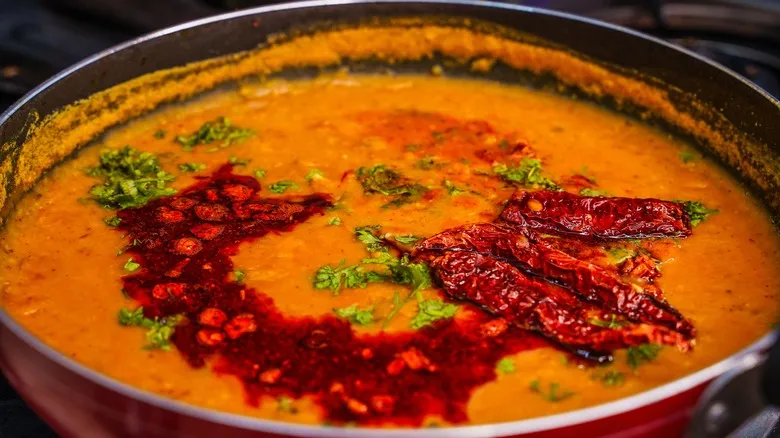
Varun Inamdar suggested making tadka to enhance your homemade daal. Tadka refers to both the technique of tempering spices and the delicious blend created through this method. It involves heating a fat, such as oil or ghee, along with aromatic components like garlic, herbs, ginger, seeds, and whole spices.
As you cook these ingredients, the fat draws out their flavors, resulting in a rich mixture that can elevate the taste of your dishes. "A well-prepared tadka with oil or ghee, garlic, cumin seeds, and dried red chilies provides a flavorful finishing touch," Inamdar noted. "Incorporate it at the end for the best flavor impact."
How to achieve the right texture

Daal can vary in texture based on the cook's preference. Some chefs opt for a chunkier version with mostly whole lentils, while others may choose a thicker consistency with the lentils more thoroughly broken down. Inamdar notes that there’s no definitive right or wrong texture for daal; it ultimately comes down to your personal preference, so you should prepare it to suit your taste.
If you enjoy a chunkier texture, you can keep the lentils whole and serve the daal after cooking, which Inamdar suggests gives the dish a more rustic appeal. On the other hand, if you prefer a creamier consistency, you can mash or puree the daal to break down the lentils. If you have an immersion blender, simply blend it in the pot until you achieve your desired texture. Alternatively, you can mash it by hand using a potato masher or a spoon.
Try different ingredient pairings

Daal is a straightforward and adaptable dish that can be made in numerous ways. One of the key insights we gained from Varun Inamdar is the importance of creativity and experimentation. There are countless tasty ingredients you can incorporate into your daal to enhance its flavor and texture. "Don't hesitate to explore different additions, such as coconut milk, tomatoes, mint, spinach, fenugreek leaves or seeds, fried onions, bottle gourds, shallots, and drumsticks to create distinctive flavors," Inamdar advised.
After you've crafted your daal with all your favorite ingredients, he suggests pairing it with rice, naan, or roti, and finishing the meal with pickles and yogurt for an extra burst of flavor and a creamy texture. Consider making cottage cheese flatbread in the air fryer to use as a delightful scoop for your flavorful daal.
Recommended

Steal Barbra Streisand's Marshmallow Hack For Homemade Ice Cream
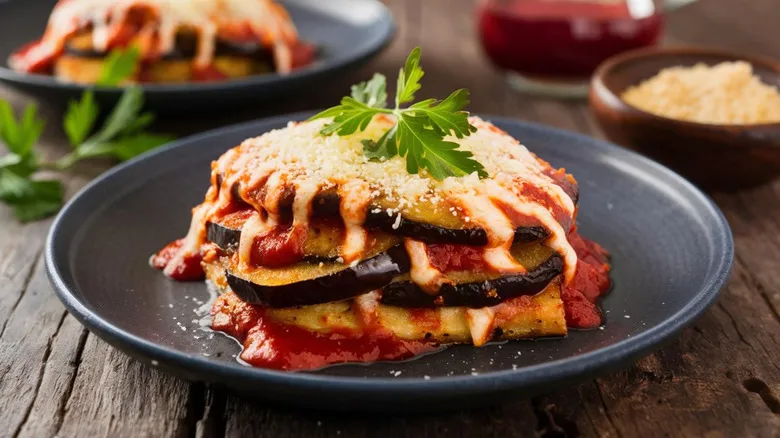
Add Creaminess To Eggplant Parmesan Using A Rich Vodka Sauce
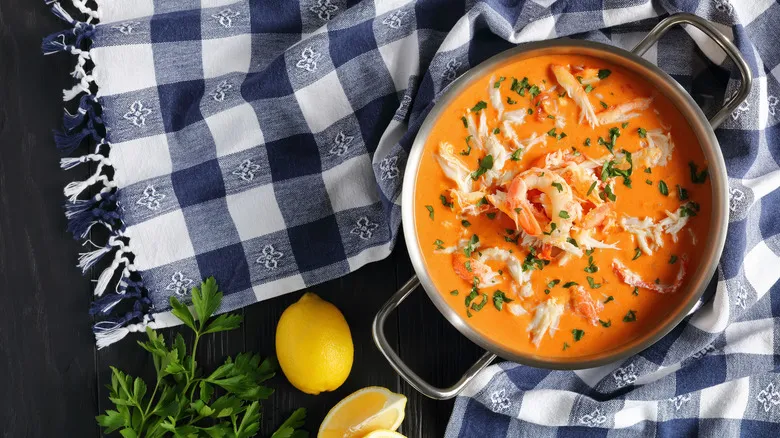
The Pantry Staple That Will Thicken Seafood Bisque In A Pinch

Give Your Tuna Melt The Crunch It Needs With One Extra Step
Next up

